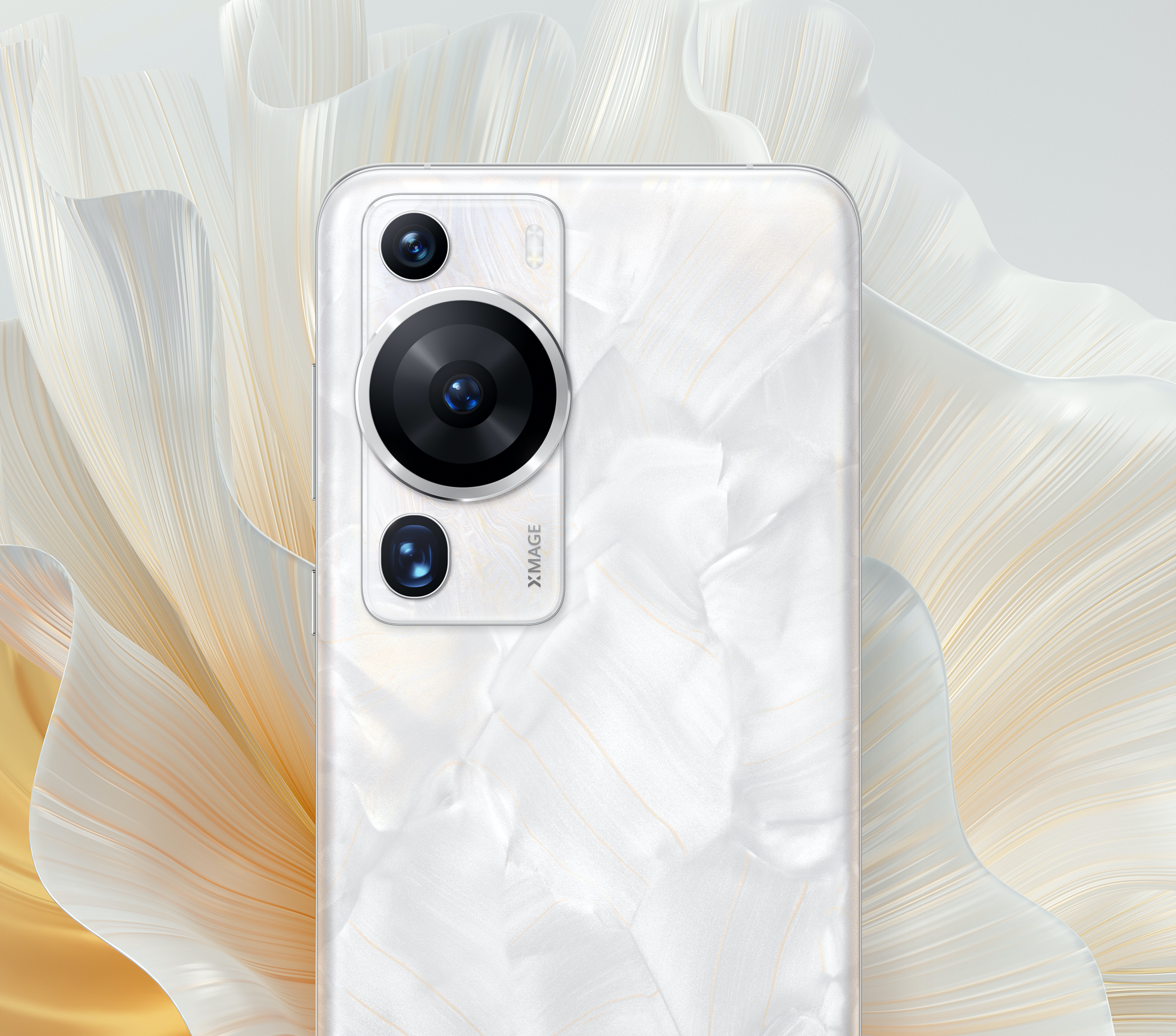Goldstuck on Gadgets
P60 Pro promises ultimate cam
The new Huawei flagship is superlative in its promises. Does it deliver? ARTHUR GOLDSTUCK tries it out.
The Huawei P60 Pro arrives in South Africa this week, preceded by promises of many superlatives, especially in camera performance. Does it deliver?
One piece of news and one experience last week underlined its credentials.
On Tuesday, the independent tech benchmarking service DxOMark announced that the P60 Pro had achieved the highest score ever given to a smartphone camera. Its 156 score compared, for example, with the Apple iPhone 14 Po Max in 8th position with a score of 146, and the Samsung S23 Ultra in 14th place with 140. New Oppo and Honor come closest to the P60 Pro.
On Wednesday, the P60 Pro was formally launched to the Middle East and Africa at an event in Dubai, along with a range of new devices. During the event, Dubai-based award-winning photographer Samy Olabi took to the stage to describe his experience with the phone’s camera.
That seemed an appropriate moment to test the zoom capabilities of the camera array. It comprises a 48 Megapixel wide-angle variable aperture lens, a 48MP telephoto lens, and a 13MP ultrawide lens. The numbers look unimpressive compared to the sizes of lenses from competitors like Samsung, with the 200MP main camera on the S23 Ultra, and the quad-cam arrays of numerous other models. However, the DxOMark rating underlined the extent to which it was not purely about the numbers.
We used the P60 Pro to take a regular photo of Olabi on stage, in indoor lighting conditions, and then zoomed in at 30X. The regular photo was sharp and detailed, pixellating only when zooming in at more than 20X. We then used optical zoom to go in at 30X, and were startled at the results: The close-up showed even the cracks on Olabi’s lips, in sharp definition, and the light reflecting in his eyes.


A Samsung S22 Ultra (rated by DxOMark at 136, marginally behind the S23), used for the same zoomed picture, showed smoothed lips and no reflection in the eyes. The S22 has a 108MP main lens, a 12MP lens and two 10MP lenses.
How is it possible for the P60 to deliver such superior results?
DxOMark sums it up well: “The Huawei’s outstanding results were based on innovative imaging hardware and software alike. The P60 Pro isn’t the first smartphone to feature a variable aperture, but it is one of very few devices that offer an aperture range from f/1.4 to f/4 for such a large sensor… The P60 Pro’s tele camera does not feature the largest image sensor in the Ultra-Premium segment, but thanks to the fast f/2.1 aperture, the camera is still capable of collecting more light than some of its rivals with bigger sensors.
“Texture at tele zoom is optimised by using comprehensive image fusion solutions that combine image information captured by the primary and tele cameras. These fusion algorithms kick in across a large variety of use cases and light conditions.”
Let’s translate this. The P60 Pro uses the Ultra Lighting Xmage Camera system first introduced in the P50 Pro. Combined with Huawei’s XD Fusion Texture Engine, says the company, “this high level of light input allows the camera to capture exceptional detail across various lighting conditions”.
Beautiful rear lens array evokes the shape of traditional cameras, while the front display uses Kunlun Glass that is more durable than any other handset on the market, claiming ten times better drop resistance than its predecessors. That makes it a rare example of a large-screen smartphone that does not demand a wallet cover to protect the screen. A few accidental drops suggested that it lived up to this promise.
What does it cost?
The South African price will be announced during the local launch on Thursday, 18 May 2023. The UK starting price is £1,200 (converting to about R29,000).
Why does it matter?
The Huawei P60 Pro is a powerhouse of innovation, from the mechanics and software behind the cameras to the texture of its body to the strength of its screen. It makes further advances in overcoming the absence of Google Mobile Services, to the extent that only a few major apps are still not fully compatible. This means that, if those apps are not critical to a user, the handset becomes one of the best high-end options on the market.
What are the biggest negatives?
- While it has overcome most limitations of not having Google Mobile Services, Google’s own apps do not work seamlessly even when “side-loaded”.
- It runs WhatsApp, but the option of mirroring across Android devices is not available on Huawei devices.
What are the biggest positives?
- Pushes design envelope, with black “feather-sand” and white “rococo pearl” finish. The former is distinctive, the latter claimed to be unique, with varying textures and patterns on each device.
- 6.67-inch OLED screen offers bright, vivid display with 2700 x 1220 resolution.
- The image quality has to be experienced to be appreciated.
* Arthur Goldstuck is founder of World Wide Worx and editor-in-chief of Gadget.co.za. Follow him on Twitter on @art2gee.

















